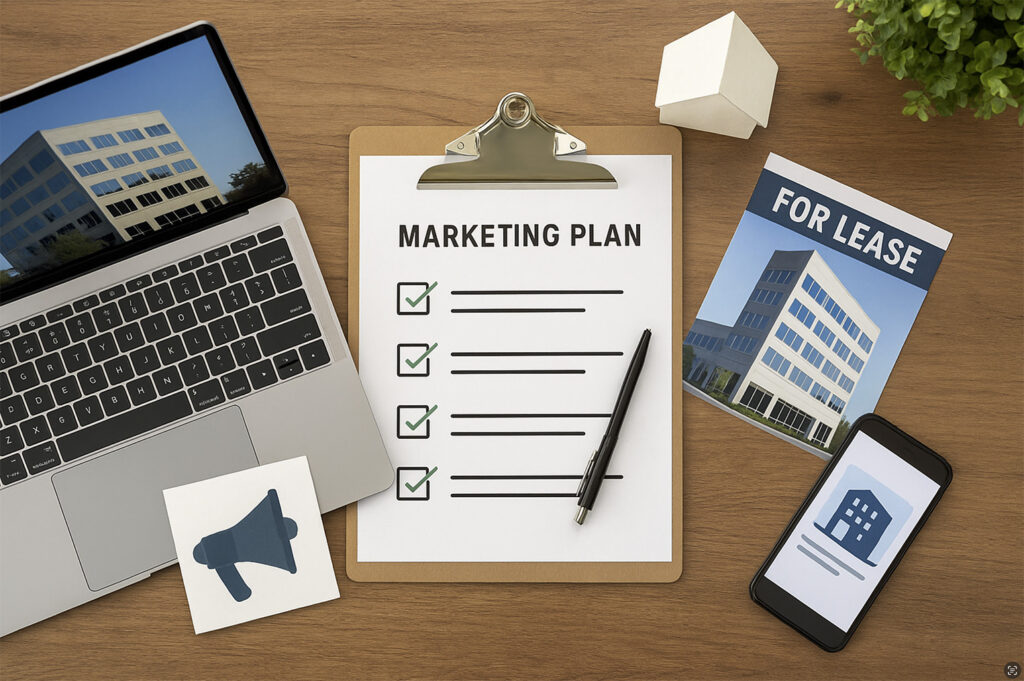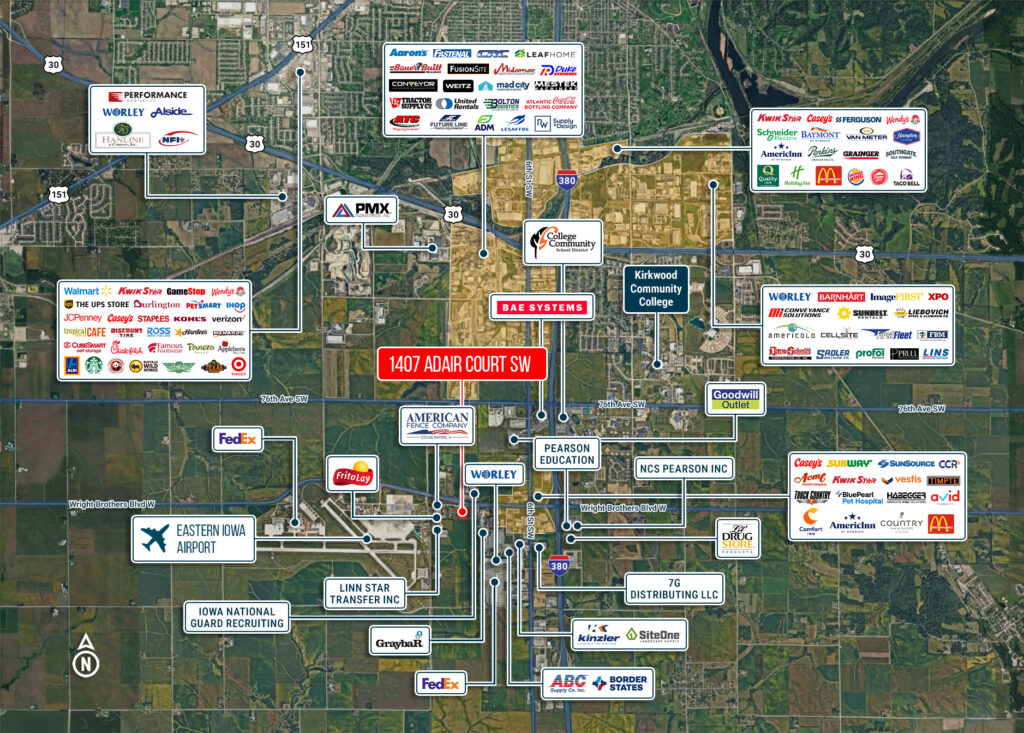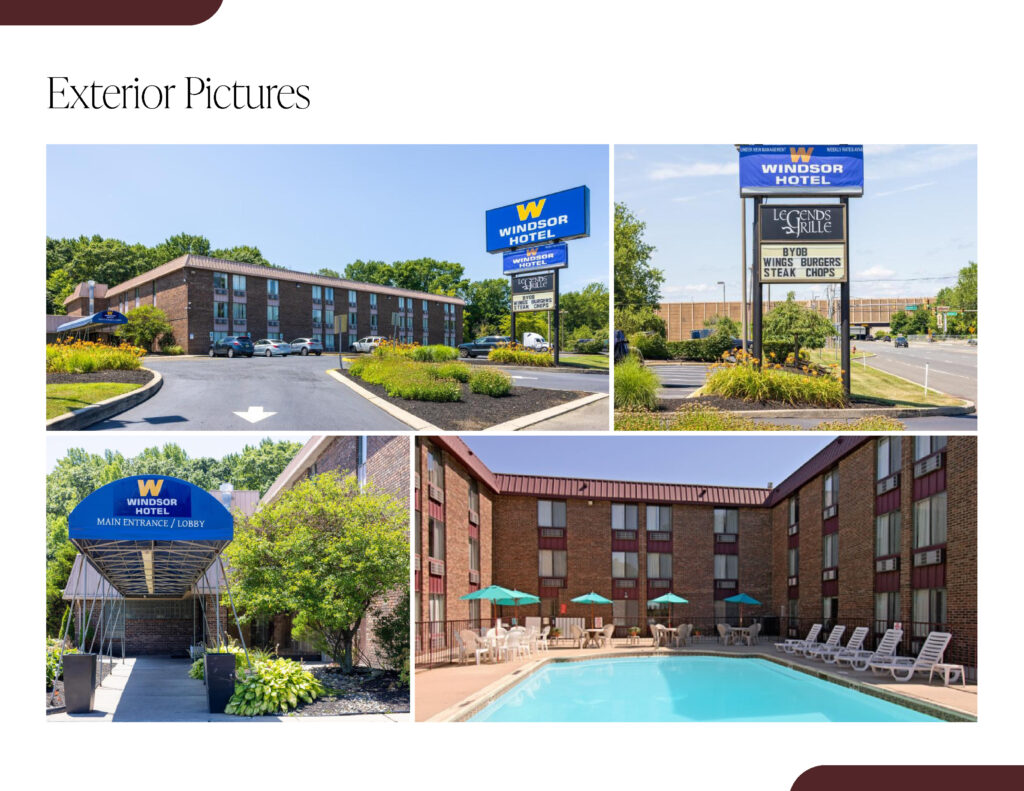You’ve got a prime commercial property. The location is great, the numbers make sense, and the investment potential is solid. But there’s just one problem—how do you get the right people to take notice? That’s where commercial real estate marketing flyers come in.

A well-designed flyer isn’t just a piece of paper; it’s a powerful tool that can turn a casual glance into an interested inquiry. It tells the story of your property, highlights its best features, and makes potential buyers or tenants want to know more. But designing an effective commercial real estate flyer design requires more than just throwing some pictures and bullet points together—it’s about strategic marketing and professional presentation.
Why Commercial Real Estate Flyers design Matter
Flyers are the bread and butter of commercial real estate marketing. They work because they’re simple, effective, and versatile. Whether printed or digital, flyers offer a snapshot of a property that can be shared easily with potential investors, tenants, or brokers.
Think about it: when an investor sees a sleek, well-designed flyer with all the right details in a commercial real estate flyer template, they immediately take the opportunity more seriously. A sloppy, cluttered flyer, on the other hand, can make even the best property look unappealing. First impressions matter, and your flyer is often the first thing a prospect sees.
The Essential Elements of a High-Impact Commercial Real Estate Flyer design
A great flyer should be clean, informative, and visually engaging. Here’s what every commercial real estate marketing flyer needs:
1. A Bold, Attention-Grabbing Headline
People skim before they read. A strong headline instantly tells the reader what they’re looking at. Instead of something generic like “Office Space for Sale,” go for something compelling:
- Prime Retail Location – High Foot Traffic
- Fully Leased Investment Opportunity in Downtown
- Newly Renovated Industrial Space – Available Now
2. High-Quality Images That Sell the Property
Visuals make or break a flyer. A stunning, well-lit exterior shot of the property should be the focal point, but you should also include:
- Interior Photos – Highlight key spaces like lobbies, conference rooms, or storefronts.
- Aerial Shots – Give context to the location.
- Tenant Spaces – If it’s an investment property, showcase the leased areas.
3. Key Property Details at a Glance
No one wants to dig for information. Make sure your commercial real estate flyer PDF includes:
- Property Type (Retail, Office, Industrial, Multifamily, Mixed-Use)
- Size (Square Footage, Lot Size)
- Zoning Information
- Asking Price or Lease Rate
- Current Tenant Information (For Investment Flyers)
4. Location Map and Highlights
A property’s value is typically tied to its surroundings. A well-placed location map with major roads, nearby businesses, and transportation hubs can make all the difference. Highlight:
- Proximity to Highways, Airports, and Transit Stations
- Nearby Retail, Office Parks, or Residential Developments
- Local Demographics (Population Growth, Income Levels, etc.)
5. Investment or Leasing Highlights
For investment properties, include:
- Cap Rate & Net Operating Income (NOI)
- Lease Terms & Rent Roll
- Growth Potential & Market Trends
For leasing flyers, focus on:
- Available Units & Floor Plans
- Tenant Benefits & Features
- Move-In Ready or Build-to-Suit Options
6. A Clear Call to Action
What should the reader do next? Spell it out with:
- Schedule a Property Tour Today!
- Request Full Offering Memorandum
- Call for Lease Rates & Terms
Types of Commercial Real Estate Flyers and Their Purpose
Different types of flyers serve different purposes in commercial real estate marketing. Here are the most common ones:
1. For-Sale Flyers
Used to promote properties available for purchase, these flyers focus on investment potential, financials, and market positioning.
2. For-Lease Flyers
Designed for brokers looking to fill vacant spaces, leasing flyers emphasize the benefits of the location, tenant incentives, and available square footage.
3. Investment Property Flyers
Targeted toward investors, these flyers highlight rent rolls, NOI, tenant information, and potential returns.
4. Development & Pre-Leasing Flyers
Used for new construction projects, these flyers showcase renderings, timelines, and leasing opportunities for future tenants.
Design Tips for a Flyer That Stands Out
- Simplicity Wins – Keep the design clean and easy to read.
- Use White Space – Don’t overcrowd the flyer with text or images.
- Professional Fonts & Colors – Stick to your company’s branding.
- Balanced Layout – Arrange text and images in a way that guides the reader’s eye.
- Print & Digital Versions – Ensure the flyer works well in print and as a commercial real estate flyer PDF for email distribution.
Flyers That Make an Impact
A commercial real estate marketing flyer isn’t just a document—it’s a sales tool that can drive interest, generate leads, and help close deals. Whether you’re selling, leasing, or promoting an investment property, a well-crafted flyer will set your listing apart from the competition.
The key? Professional design, high-quality visuals, and clear, impactful messaging. When done right, a flyer isn’t just something to glance at—it’s something that compels action.
So next time you put together a commercial real estate flyer template, think beyond the basics. Make it a tool that tells a story, sells the property, and turns interest into opportunity.




